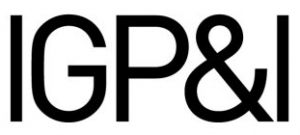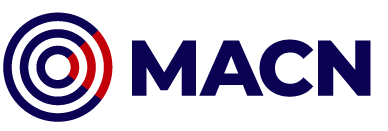On 17 April, the US Trade Representative, released his report on the US Chinese-nexus port fees. Here are the details of the new fee scheme.

US port fees for Chinese vessels: what they mean in practice
Published 29 April 2025
Nearly 600 public comments were submitted prior to the two-day hearing held on 24-25 March about the Trump administration’s proposed import fees for Chinese vessels. Submissions included papers from the International Chamber of Shipping, BIMCO, INTERTANKO and other industry associations. As a result of this engagement, the initial proposal was tempered, and the prospect of assessing fees based on fleet composition was dropped.
Who has to pay?
The industry has been apprehensive concerning which entity would ultimately be liable for payment of the assessed fees. The final wording provides some clarity, but there is still room for debate. In the end, the party responsible for payment of any fees will likely be determined by the charterparty clauses.
The stated purpose of the fees is to reverse Chinese dominance of shipping, to address threats to the US supply chain, and to provide an incentive for building more ships in the US.
The fee scheme, detailed below, takes effect gradually from 14 October 2025, with subsequent increases happening every 17 April through 2028.
Phase One
Chinese vessel operators and vessel owners (Annex I).
There is a phased fee starting at USD 50/net ton and increasing over three years to USD 140/net ton. The fee will apply per rotation or string of US port calls. In other words, the fee is not charged for each separate call if the vessel calls at multiple US ports in succession. The definition of Chinese vessel operators and owners is widely drawn but is defined as those entities listed under the respective headings on the Vessel Entrance or Clearance Statement form. Under this annex, it is the vessel operator who must pay the assessed fees.
Chinese built vessels (Annex II).
There is a fee based on the net tonnage of the vessel (USD 18/net ton) or a fee per container discharged (USD 120/container) (whichever figure is higher), increasing over three years to USD 33/net ton and USD 250/container discharged, respectively. This annex puts the onus for payment on the vessel owner. The fee will be cancelled or remitted if the owner orders and takes delivery of a US-built vessel of equivalent or greater net tonnage within three years. There are various exceptions, including:
Vessels that are controlled by US persons and 75% beneficially owned by US persons
US owned/flagged vessels enrolled in various programs for the US government
Vessels in ballast
Vessels of 4,000 TEU or less, 55,000 dwt, or an individual bulk capacity of 80,000 dwt
Voyages of less than 2,000nm from a foreign port or point
Specialist chemical tankers
Foreign-built car carriers (Annex III).
A fee is payable of USD 150 per Car Equivalent Unit (CEU) capacity of the vessel. There is a similar suspension or remission if the owner orders and takes delivery of a US-built vessel of equivalent or greater CEU. In this case, the vessel operator is responsible for payment. Here too, the fee will be suspended/remitted if the owner orders and receives a US-built vessel of equivalent or greater size within three years.
Phase Two
LNG carriers (Annex IV). From 2028 there will be a restriction requiring the use of US vessels for the transport of a certain proportion of LNG exports. LNG export licenses may be suspended for exporters who fail to comply with this. This annex contains a similar fee suspension based on the order and delivery of US-built vessels.
In addition, on the back of Executive Order 14269 – Restoring America’s Maritime Dominance, the US Trade Representative (USTR) has proposed new tariffs on ship-to-shore (STS) Cranes and cargo handling equipment made in China or containing Chinese parts (Annex V).
As part of this plan, the USTR is also asking for public input on possible tariffs for containers, chassis and chassis parts and STS cranes. Comments can be submitted until the hearing date 19 May, and requests to testify at the hearing must be submitted by 8 May.
The Executive Order also aims to discourage circumvention of the fees and tariffs. It requires that any foreign cargo entering Canada or Mexico and then transported into the US by land must pay the required fees, plus interest and a 10 per cent service charge. While the Executive Order specifically refers to the collection of the Harbor Maintenance Fee, it is not clear yet what other fees may be charged at the land border. However, it leaves open the potential for additional fees as outlined above.




